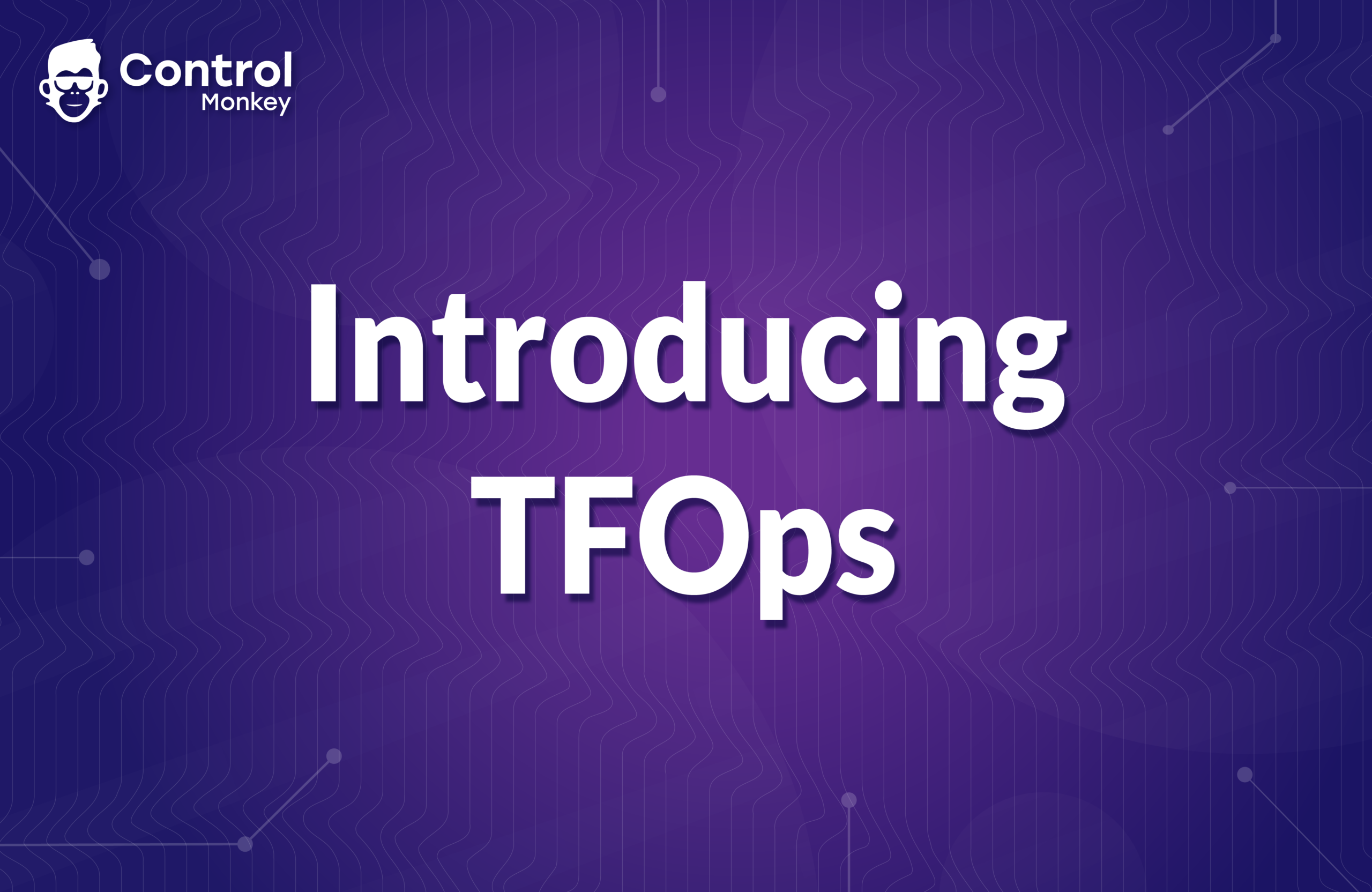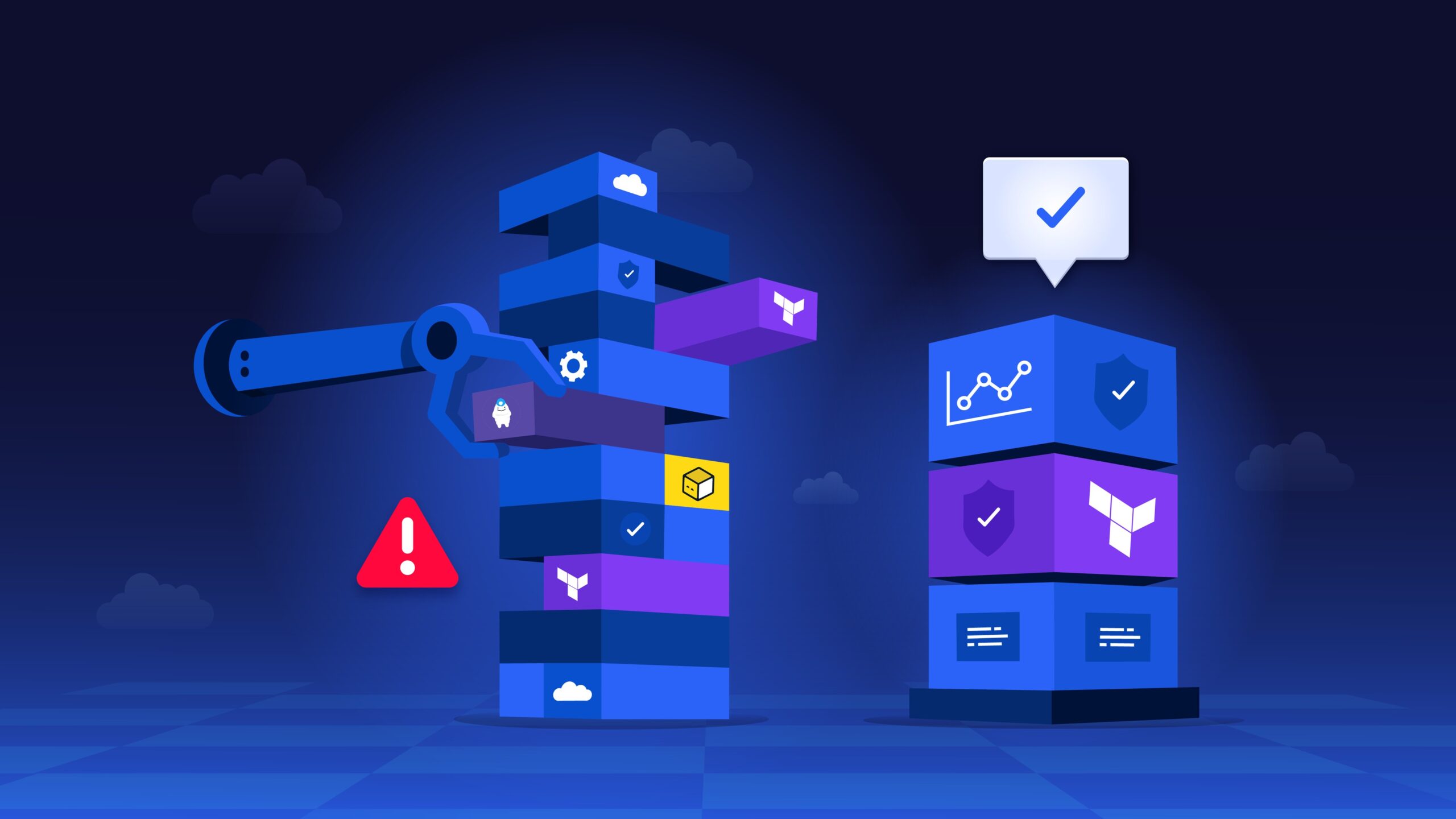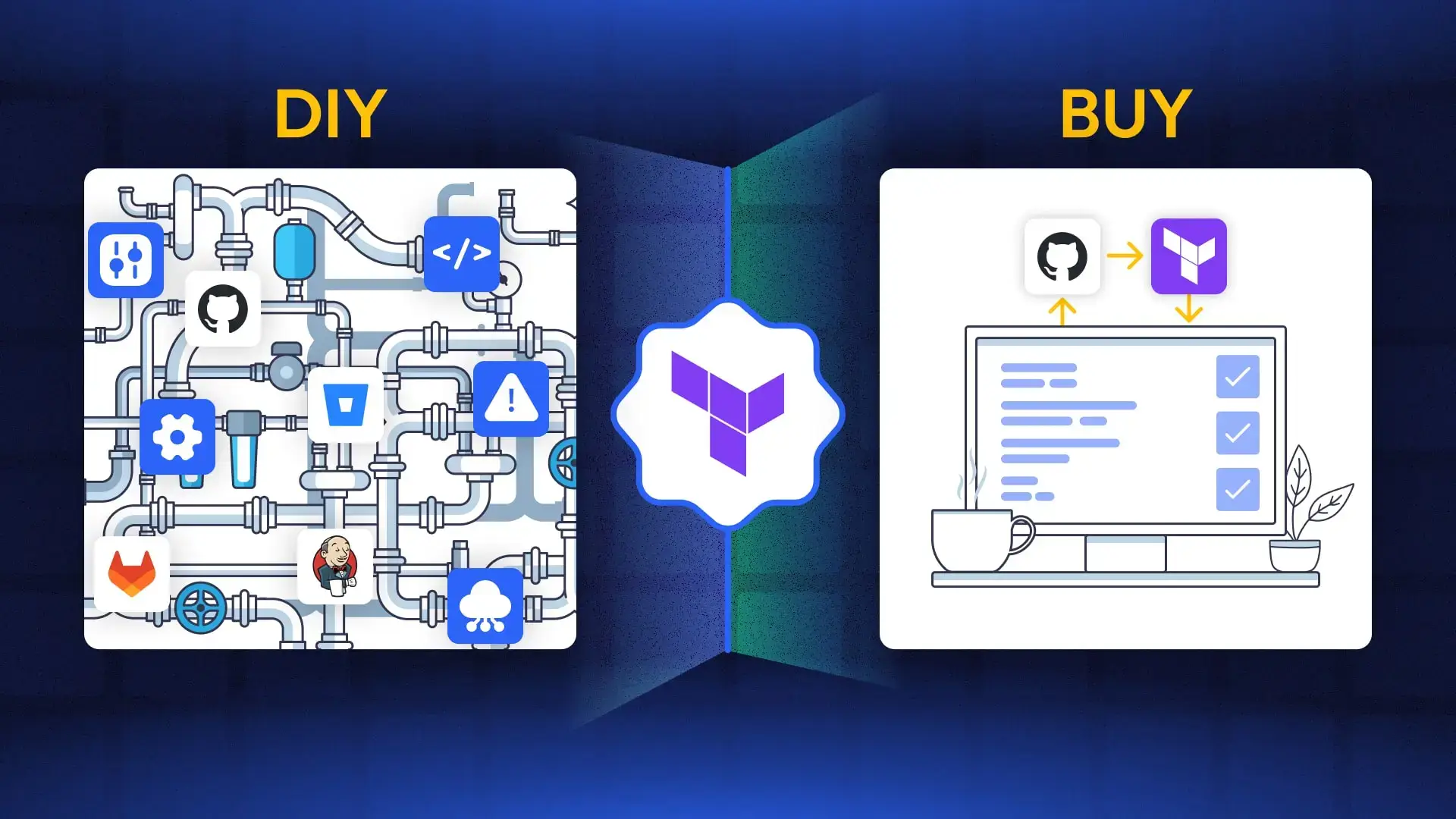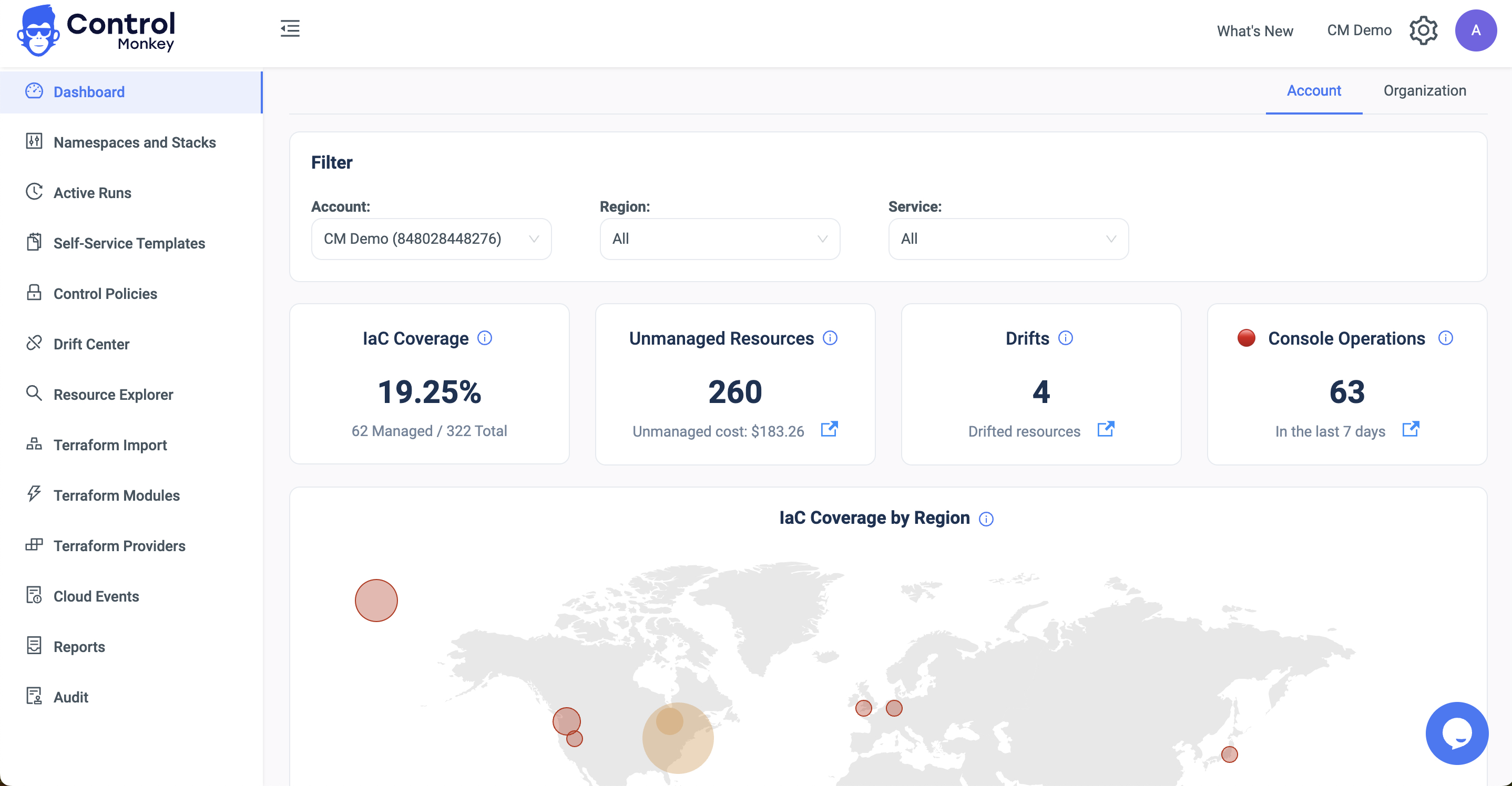Introduction
As more and more organizations step into their Day 2 in the cloud, they encounter new challenges.
Handling large-scale environments in a reactive way is making it hard to ensure your cloud is compliant, avoid security issues, and keep your cloud costs under control.
DevOps teams are spending excessive time on tasks that should ideally be simpler.
Introducing “TFOps” – A new concept poised to redefine how we navigate the complexities of cloud infrastructure by leveraging Terraform. Just as “MLOps” streamlined machine learning pipelines, TFOps emerges as a methodology of efficiency and precision in the world of cloud infrastructure management, specifically within the Terraform ecosystem.
TFOps, an abbreviation for “Terraform Operations”, encapsulates a paradigm shift in the way we orchestrate, maintain, and scale cloud infrastructure. Rooted in the power of Infrastructure as Code (IaC) using Terraform, TFOps takes this concept further by embracing a suite of purpose-built tools and functionalities. It’s more than a methodology; it’s a mindset that empowers cloud architects, DevOps engineers, and system administrators to elevate their cloud infrastructure game.
In order to manage your cloud efficiently and achieve better security and compliance you need to make sure you have the following:
- Desired state for your cloud – What resources should be running in your cloud and with which configuration?
- Visibility for any deviations from the desired state – If something changes in your cloud and now there’s a drift from your desired state, you need to be aware of it and have the ideal measurements to remediate it.
- Processes and tools to make changes in the desired state – and eventually in the actual state. All proposed changes to the desired state need to pass through a single quality gate and be validated against all organization policies.
This basically means shifting left your cloud infrastructure management.
This quality gate should also be available and easy to use by less experienced team members, that way, anyone in the organization can propose changes to the infrastructure and receive instant feedback if they don’t meet the requirements.
All validations happen when someone wants to change the desired state phase, not after applying the change, and by that, you keep your production secured, compliant, and cost-efficient, while saving a lot of time and man-hours in the process.
TFOps defines the needed functionalities to meet those 3 requirements. This article lays out the foundational elements that constitute TFOps – paving the way for the efficient management of cloud infrastructure using Terraform.
Let’s start exploring the key tools and functionalities necessary to effectively run cloud infrastructure.

Infrastructure as Code (IaC) Fundamentals
In the age of cloud computing, the demand for agility, scalability, and efficiency has led to the rise of Infrastructure as Code (IaC). IaC represents a seismic shift in how we conceptualize and manage our digital infrastructure. At its core, IaC is the practice of provisioning and managing infrastructure through code, treating infrastructure as software. This methodology brings with it numerous advantages, including consistency, repeatability, version control, and the ability to treat infrastructure provisioning as a collaborative and iterative process.
Terraform: The Vanguard of IaC
When discussing IaC, it’s impossible to ignore Terraform—a vanguard in the realm of Infrastructure as Code. Terraform provides a declarative language to describe and define infrastructure resources, enabling cloud architects and engineers to orchestrate a wide range of cloud services across multiple providers. By representing infrastructure in code, Terraform empowers teams to manage their resources in a manner that is both efficient and easily auditable.
The Essence of Terraform’s Power
Terraform operates by defining infrastructure in terms of configurations. These configurations are written using HashiCorp Configuration Language (HCL), a user-friendly and human-readable language designed specifically for describing infrastructure resources. With Terraform, defining complex infrastructure setups becomes a systematic process, providing a higher level of control and insight into the cloud environment.
Why IaC Matters
IaC offers several compelling benefits, and Terraform amplifies these advantages. Through IaC practices, changes to infrastructure can be managed through code versioning systems such as Git, facilitating collaboration and minimizing human errors. By codifying infrastructure, teams can ensure that setups are consistent across environments, eliminating the “works on my machine” syndrome.
Moreover, Terraform’s versioned state management and change preview mechanisms help in planning and executing changes with confidence. Infrastructure can be visualized before deployment, reducing the risk of potential conflicts or disruptions. In essence, IaC and Terraform combine to enable a new level of predictability and stability in the management of cloud infrastructure.
Essential TFOps Functionalities
For effective cloud infrastructure management with Terraform, TFOps introduces a toolkit of essential functionalities that empower you to maintain control, visibility, and alignment with your desired cloud state. Let’s explore those aspects:
1. Git: The Source of Truth
Git plays a central role as the source of truth for your cloud infrastructure’s desired state. By treating your infrastructure code as software, you harness Git’s version control capabilities to meticulously track changes, collaborate seamlessly, and ensure that your configurations accurately reflect your intent. Each code change becomes a commitment to maintaining and enhancing your cloud environment.
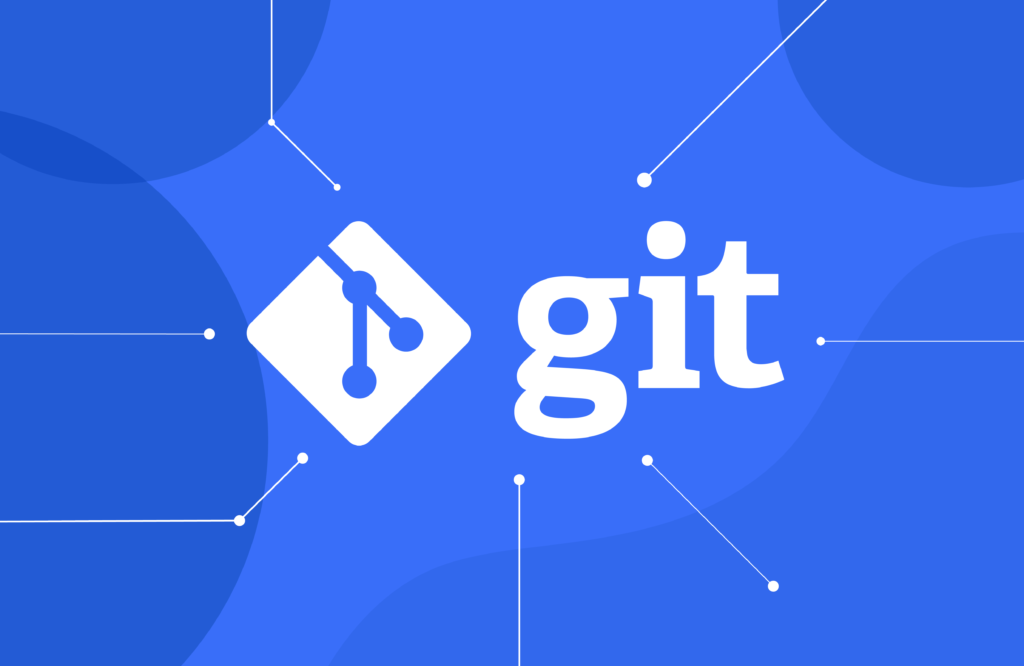
2. Visibility Mechanism: Maintaining Desired State
TFOps emphasizes maintaining a clear line of sight into your cloud infrastructure’s configurations, deviations, and resource management. This visibility mechanism involves two crucial subcomponents:
Drift Detection: Ensuring Configuration Integrity
As your infrastructure evolves, there’s the potential for manual changes or unauthorized adjustments to critical resources. TFOps tackles this challenge through drift detection. By employing Terraform’s state management capabilities, you can periodically run scans to identify differences between your desired state defined in your code and the actual state of resources in your cloud environment. Any disparities can be promptly addressed, ensuring configurations remain aligned and predictable.
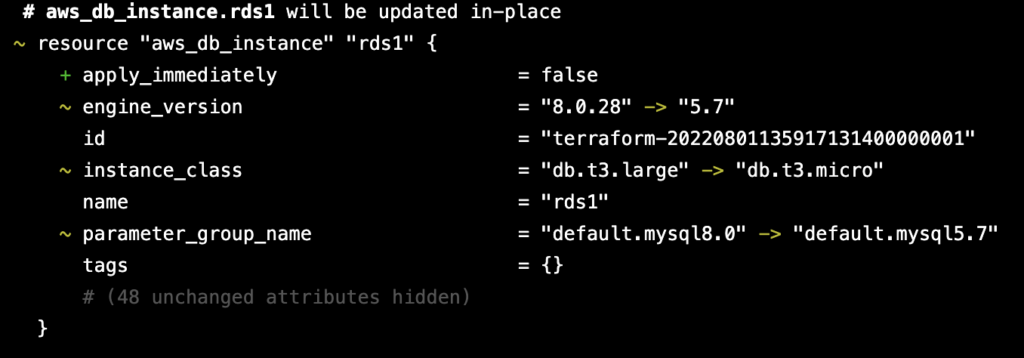
Identifying Unmanaged Resources: Comprehensive Inventory
Maintaining comprehensive control of your cloud resources requires an awareness of not only what Terraform manages, but also what it doesn’t.
TFOps advocates for establishing a system that can identify unmanaged resources – those that exist within your cloud environment but are not under Terraform’s governance. This entails connecting to the cloud vendor’s API to retrieve a detailed inventory of resources. Armed with this knowledge, you can assess whether these unmanaged resources should be incorporated into your Terraform configuration or removed if no longer necessary.
Achieving Visibility Through API Integration
To achieve the second facet of visibility, connecting to the cloud vendor’s API is mandatory, for example, AWS CLI. Through programmatic access, you can pull information about resources directly from the cloud platform, shedding light on the full spectrum of your infrastructure.
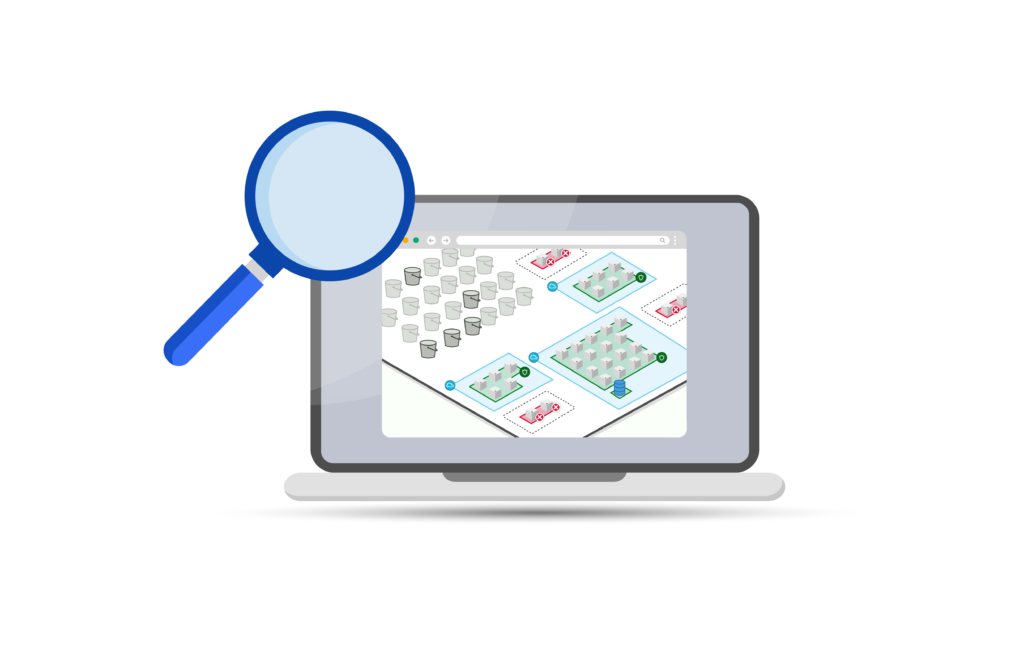

3. On-going Cloud Infrastructure Management Tools
Facilitating efficient collaboration and control for DevOps teams is essential
You need to equip your teams with must-have tools for daily management. Let’s explore two integral aspects that empower DevOps teams: GitOps CI/CD and self-service infrastructure provisioning.
GitOps CI/CD for Terraform: Enabling Shift-Left Paradigm
A cornerstone of TFOps is the adoption of GitOps principles within your CI/CD pipeline. By embracing the “shift-left” philosophy, you empower your DevOps team to catch issues and potential risks early in the development process. Each proposed change to your infrastructure code undergoes rigorous testing, integration, and validation before it reaches production. This not only saves valuable time but also acts as a robust safeguard against security vulnerabilities, compliance breaches, and unexpected costs that could arise in production environments.
With instant feedback loops integrated into the CI/CD pipeline, engineers receive prompt output about any discrepancies between their proposed changes and the desired state. This proactive approach ensures that any anomalies are addressed before they can impact the live environment. GitOps CI/CD not only accelerates the development cycle but also contributes to the overall stability and reliability of your cloud infrastructure.

Self-Service Infrastructure Dashboard: Democratizing Provisioning
TFOps extends beyond the boundaries of traditional DevOps teams by enabling non-experts to provision cloud infrastructure with confidence. To achieve this, TFOps introduces a self-service infrastructure dashboard—empowering members across the organization to effortlessly deploy resources according to predefined blueprints.
Each blueprint encapsulates best practices, security protocols, and recommended configurations, eliminating the need for manual intervention by the DevOps team. Team members can simply select a blueprint, input a few variables tailored to their requirements, and initiate the provisioning process. This streamlined self-service approach maintains agility without sacrificing control.
By democratizing infrastructure provisioning, TFOps ensures that the agility of your organization remains intact while governance, compliance, and security standards are upheld.
4. Infrastructure Stacks – Space for team collaboration
“Stacks” emerge as central pillars of efficient cloud infrastructure management.
A Stack is a cohesive unit that encapsulates a group of related cloud resources and Terraform configurations that represent the desired state of those resources, serving as the backbone for orchestrating cloud environments.
It connects seamlessly with version control systems (VCS), triggering planning and applying automatically when changes are proposed. Stacks not only streamline workflows but also enhance collaboration by offering a unified space for teams to discuss, review, and track infrastructure changes.
Stacks should also expose outputs after applying changes to the infrastructure, in order to efficiently manage dependencies between infrastructure building blocks and share outputs that can serve as inputs for other stacks.
5. Increase your Infrastructure as Code Coverage
Within TFOps, a distinctive and transformative capability is needed—how to onboard unmanaged resources into Terraform management.
This capability not only ensures the comprehensive coverage of your cloud infrastructure but also facilitates the integration of existing, “legacy” resources into the Terraform ecosystem.
Bringing Legacy to Life: A Solution for “Old” Infrastructure
Organizations often find themselves managing a hybrid environment—where manually provisioned resources coexist with IaC-managed ones. By having a solution to shift resources to Terraform an organization can incorporate “old” infrastructure into their Terraform management framework. Those resources that were initially spun up manually via the AWS console or similar interfaces can be swiftly transitioned under Terraform’s governance.
This empowers you to regain control, enforce consistent configurations, and provide your teams with a standardized methodology to manage and keep delivering cloud resources.

Wrapping Up: Supercharge Your Cloud Game with TFOps
And there you have it, a walkthrough of the key pillars that make up TFOps – they’re the building blocks of effective cloud infrastructure management.
We’ve covered a lot – from the power of Infrastructure as Code and the role of Git in keeping everyone on the same page, to the practicality of using Stacks to simplify resource management, expanding IaC coverage for comprehensive control, setting up Terraform CI/CD for efficient delivery, and implementing a self-service dashboard for agile provisioning
But here’s where the real magic unfolds: when you bring all these components together, you’re not just managing cloud resources – you’re orchestrating a seamless operation.
TFOps isn’t just a concept; it’s a toolkit for taking control of your cloud strategy. It’s about working smarter, collaborating better, and optimizing your DevOps processes.
So, as you dive into your cloud endeavors, remember to build your TFOps strategy that empowers you to manage your cloud resources efficiently and effectively.



